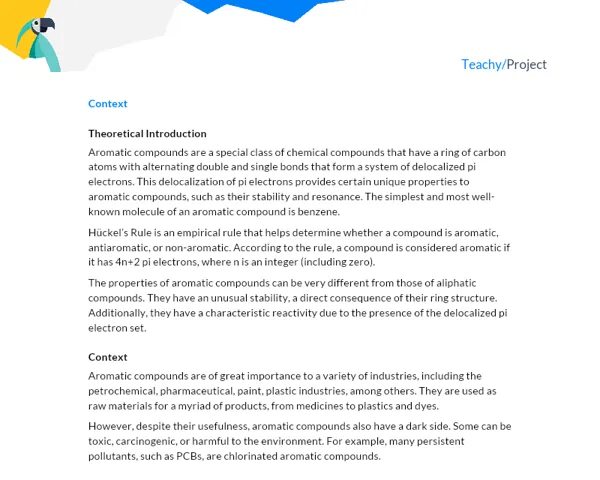Introduction
Solubility is the ability of one substance (the solute) to dissolve in another (the solvent), forming a homogeneous solution. The solute is usually a solid, whilst the solvent is a liquid. The extent of dissolution is influenced by a number of factors including temperature, pressure and the nature of the substances involved.
In the case of solids dissolving in liquids, an increase in temperature generally leads to an increase in solubility. This is because as temperature increases, the solvent molecules move more quickly and are more able to overcome the intermolecular attractions holding the solid solute together. In contrast, the solubility of gases in liquids decreases as temperature increases.
Contextualization and Relevance
Solubility is a concept with a wide range of practical applications. For example, in the pharmaceutical industry, the solubility of drugs is of great importance, since it can affect how effective the drug is. If a drug has low solubility, then it may not be properly absorbed by the body, reducing its effectiveness.
Furthermore, the concept of solubility is frequently used in the food industry where the amount of each ingredient that can be dissolved in a liquid is limited by its solubility. This concept is also used in the purification of crystals in laboratories and industries and the removal of impurities from solutions.
Practical Activity
Activity Title: Dissolving in Action – Understanding Solubility
Project Aim
The aim of this project is to enable students to investigate how the solubility of different solutes varies under different conditions, observing how factors such as temperature and the nature of the solute and solvent affect solubility. In addition, students will apply the mathematical concept of proportionality (the relationship between variables) as this is fundamental to understanding and interpreting the results.
Students should work in groups of 3 to 5 and this project should be undertaken over a two-week period and should require an input of no more than twelve hours per student.
Project Outline
Part 1: Investigating the Solubility of Solids in Liquids
In the first part of the project, students will carry out experiments to investigate how the solubility of a solid (such as common salt or sugar) varies with temperature. Students should heat containers of water to different temperatures and record how many grams of solute they can dissolve in each container until the solution becomes saturated (i.e. when no more solute will dissolve).
Part 2: Investigating the Solubility of Gases in Liquids
Students will also conduct experiments to investigate how the solubility of a gas (such as the CO2 in a fizzy drink) in a liquid varies with temperature and pressure.
Part 3: Report
Students should present the results of their experiments in a detailed report, which should include graphs and tables. The report should discuss the theories relating to solubility and how the results of the experiments relate to these concepts.
Required Resources
- Water
- Sugar
- Common salt
- Weighing scales
- Clear glass containers
- Bunsen burner or hot plate
- Thermometer
- Fizzy drink
- Writing materials
Activity Procedure
- Part 1: Measure and record the initial volume of water in each container. Heat the water to different temperatures (e.g. room temperature, 40°C, 60°C, 80°C) and then gradually add the salt or sugar, measuring and recording how much you add until the solution is saturated (no more solute will dissolve).
- Part 2: For the gas experiments, students can heat up a fizzy drink and observe how much gas is released. This experiment should be done with care and under supervision, since it involves working with hot liquids.
- Report: Finally, students should collate their results, drawing graphs of how solubility varies with temperature, and discussing their observations in light of the theoretical concepts of solubility.
Project Deliverables
The main deliverable for this project is a detailed report that students must produce. This report should have the following structure:
- Introduction: The student should provide context for the topic, its relevance and real-world applications, and the aim of this project.
- Development: The student should set out the theory behind solubility, explain in detail the activities undertaken, the methodology used and finally present and discuss the results obtained.
- Conclusion: The student should conclude by summarizing the main points, the key things they learned and the conclusions they have drawn from the project.
- Bibliography: The student should list the sources they referred to in order to complete the project such as books, websites, videos, etc.
Students should submit the report electronically, with all graphs, tables and calculations clearly presented and discussed.


